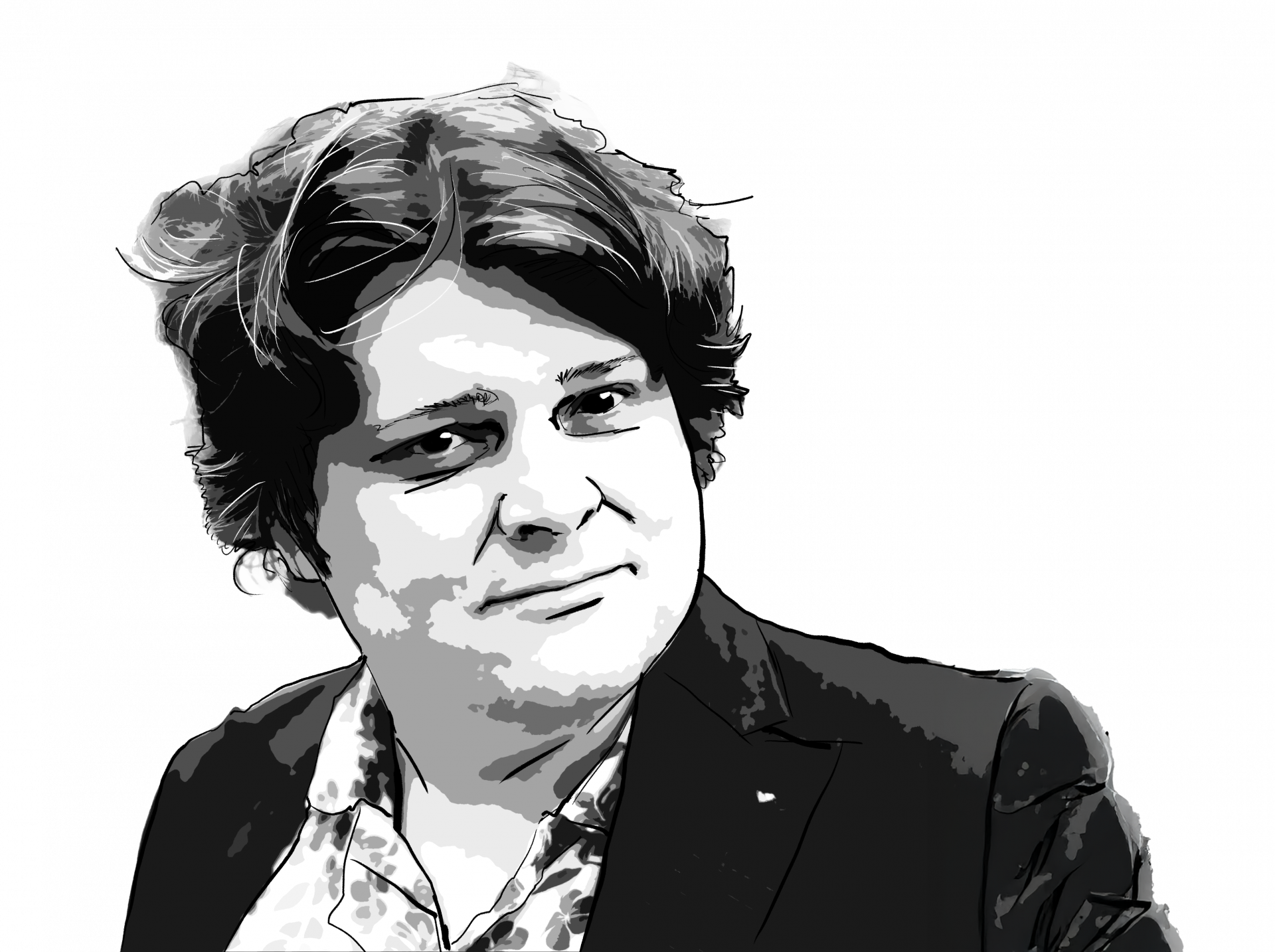1. How many planets there are understood to be in our solar system is a matter that’s changed a lot over the years – and even today, your answer is likely to depend to a large extent on when you happened to be a space-curious child.
2. In ancient times, the word “planet” – from the Greek word for wanderer, planētēs – described seven celestial bodies that could be seen wandering across the background of the stars using the naked eye. These were Mercury, Venus, Mars, Jupiter and Saturn – plus, a trifle unexpectedly from today’s perspective, the sun and the moon.
3. That changed after 1543 when the geometric Ptolemaic model (which imagined the Earth at the centre of the system) was superseded by the heliocentric Copernican one (which imagined the sun at the centre, and which had the slight advantage of being right). So for a couple of centuries after that, there were six planets – the five mentioned above plus the rock we’re all standing on.
4. But in 1781, William Herschel discovered Uranus, meaning there were seven.
5. Sixty-five years later, the number rose again, to eight – although who was responsible is a surprisingly complicated affair. Johann Gottfried Galle was the first to actually identify Neptune, but he did so using predictions by Urbain Le Verrier, and such predictions, based on eccentricities in the orbit of Uranus, had also been made independently by John Couch Adams at almost exactly the same time. I did warn you that it got complicated.
6. In 1930, the number rose again, to nine, thanks to Pluto, discovered by Clyde Tombaugh and named by an 11-year-old girl called Venetia Burney (awww). So for the rest of the 20th century, all the planet-based talk was of a hypothetical 10th planet, frequently referred to as Planet X (geddit?).
7. Lo and behold, on August 24, 2006, the number of planets recognised by the International Astronomical Union (IAU) did finally change, again. To eight. Because Pluto had been demoted.
8. Neither hypothetical planets nor planetary demotion were entirely unprecedented. In the 19th century, a different hypothetical 10th planet – this one right next to the sun and based on eccentricities in Mercury’s orbit, which it later emerged didn’t need explaining – had often been named Vulcan. This name was later borrowed by both Star Trek and Doctor Who, which used it, confusingly, for a different planet appearing in the story immediately after one named The Tenth Planet.
9.And Bode’s Law – actually the work of Johann Daniel Titius, merely popularised by Johann Elert Bode – was an 18th-century “law” which noted that the distance from the sun of six planets then known followed a regular mathematical sequence. This was used to correctly predict the existence of Uranus, as well as that of Ceres, a “planet” between Mars and Jupiter and discovered in 1801.
10. The reason “law” is in quotation marks is because – despite it having been used successfully, twice, sort of – it turned out it wasn’t one. Neither Neptune nor Pluto followed it. The reason “planet” is in quotation marks is because Ceres was followed by similar bodies – Pallas, Juno, Vesta and so on, eventually taking the total of recognised planets to (deep breath) 23. In 1851, after it had emerged that all these things were actually tiny, astronomers invented the new category of asteroids and demoted the lot. Pluto, alas, is not even special.
11. Pluto’s problem, too, was size: for a long time it was thought to be significantly larger than it is, as readings of its mass were confused by the existence of an unusually comparable moon, Charon, which is almost half its size. So after 2005, when Eris – another trans-Neptunian object, as the inhabitants of the outer solar system are now known – was discovered and initially believed to be larger than Pluto, the IAU decided to repeat the trick from the 1850s, inventing a new category of “dwarf planets”. There are now officially five: Ceres, Pluto, Haumea, Makemake, and Eris.
12. The latter three of these – plus numerous other objects including Sedna, which despite a lot of press attention in 2004 is not at present officially recognised as a dwarf planet, thanks to a lack of data – were all discovered by a single team, led by astronomer Michael Brown. In 2010, he published a memoir entitled How I Killed Pluto and Why It Had It Coming.
13. The result of all this is that, in January, a YouGov poll found that the under-25s – that is, those whose planetary education happened after 2006 – were far less likely to recognise Pluto as a planet.
14. Incidentally, the standard artist’s impression of the planets of the solar system – of eight, or possibly, nine planets conveniently lined up so you can compare them – is a complete and total lie. Jupiter is 29 times bigger than Mercury, and Neptune 78 times further away from the sun: there is no diagram that can simultaneously convey both their sizes and distances and still remain useful to humans.
15. Should you be passing through Port Phillip, in the suburbs of Melbourne, however, you can walk a 5.9km stretch of coastline in which you can visit scale models of all eight proper planets, plus Pluto – at a 1 to 1.1bn scale.
Suggested Reading


Nerd’s Eye View: 16 things you need to know about exams
4
Rocky planets (Mercury, Venus, Earth, Mars)
2
Gas giants (Jupiter, Saturn – composed mainly of hydrogen and helium)
2
Ice giants (Uranus, Neptune – composed mainly of heavier elements)
0.39
Distance of Mercury from the sun in astronomical units (where Earth is 1)
30
Distance of Neptune from the sun in astronomical units




